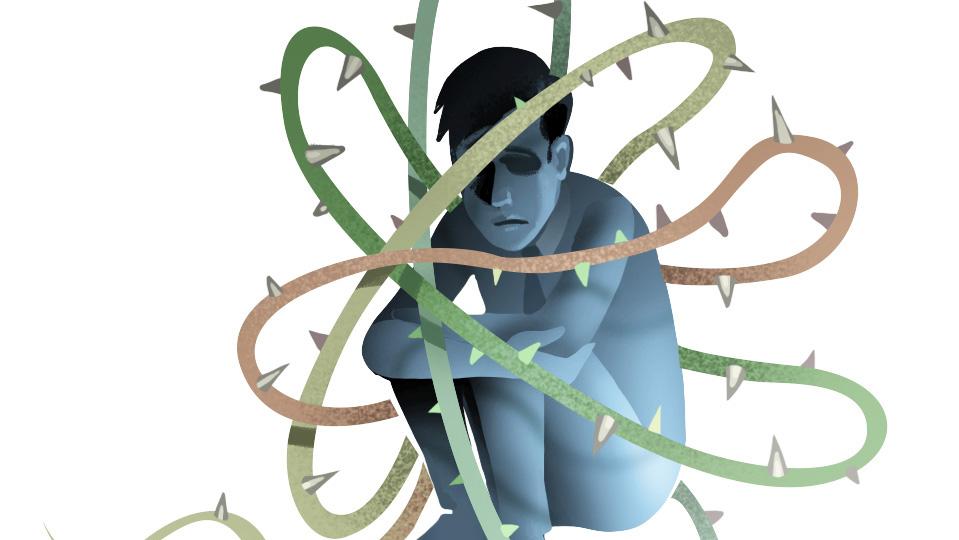
BEIJING - Chinese scientists have uncovered a common mechanism behind two rapid-acting depression therapies, providing crucial insights for the development of new treatments with fewer side effects. Their findings have been published in Nature.
Depression is one of the world's leading mental health disorders, affecting hundreds of millions globally. Among those affected, a percentage of patients show poor response to conventional medications.
The new research has revealed that the adenosine signaling pathway serves as the shared mechanism for both ketamine and electroconvulsive therapy -- the most effective interventions available for treatment-resistant depression -- offering a solid theoretical basis for novel antidepressant development.
While ketamine and ECT can produce rapid antidepressant effects within hours, their mechanisms have remained unclear until now, and side effects like hallucinations and cognitive impairment have limited their widespread use.
To address this challenge, a team led by Luo Minmin at the Chinese Institute for Brain Research in Beijing collaborated with teams from several Chinese laboratories, including the Wang Xiaohui team from the Chinese Academy of Sciences' Changchun Institute of Applied Chemistry and the Li Yulong team from Peking University.
ALSO READ: Lab-grown bone material set to revolutionize orthopedics
Using advanced genetically encoded fluorescent sensors, they discovered that both treatments trigger a sharp, sustained surge in adenosine levels in brain regions responsible for mood regulation.
Further experiments confirmed that blocking adenosine receptors completely eliminated the antidepressant effects, while activating the pathway produced clear antidepressant outcomes.
"The most significant finding is that this discovery successfully separates therapeutic effects from side effects, providing a clear roadmap for the development of next-generation drugs," Luo said. The team designed a new ketamine derivative that demonstrates equal or superior efficacy at lower doses, with significantly reduced side effects in animal tests.
The research also revealed that a safe physical intervention known as "acute intermittent hypoxia" could effectively activate the adenosine pathway and produce strong antidepressant effects, opening new possibilities for non-drug therapies.
This work opens new avenues to exploring how adenosine affects the mechanisms of dysfunctional neural circuits in depression, commented Christian Lüscher, a neuroscientist at the University of Geneva. It provides a clear roadmap, guiding the development of safer and more accessible antidepressant therapies by building upon the brain's own chemical mechanisms.


